
Update: Nuclear Cap-Binding Complex in Abiotic Stress Responses
Blog, Plant Physiology: Updates, Research, Research BlogBy Agata Daszkowska-Golec
The nuclear cap-binding 16 complex (nCBC) in higher eukaryotes specifically binds to the monomethylated (7-methylguanosine (m717 GpppN)) cap structure at the 5¢ end of freshly transcribed mRNA. In addition to protecting mRNAs from degradation by exonucleases, the nCBC functions…

J. Exp. Bot. Special Issue. The plant cuticle: old challenges, new perspectives ($)
Blog, Plant Science Research Weekly, Research, Research BlogThe cuticle is a cell-wall polymer that protects against desiccation, pathogens and UV light. Domínguez et al. provide an open-access editorial that describes this fine collection of articles covering all aspects of the plant cuticle, from its evolutionary origins to its ecological significance. Within…
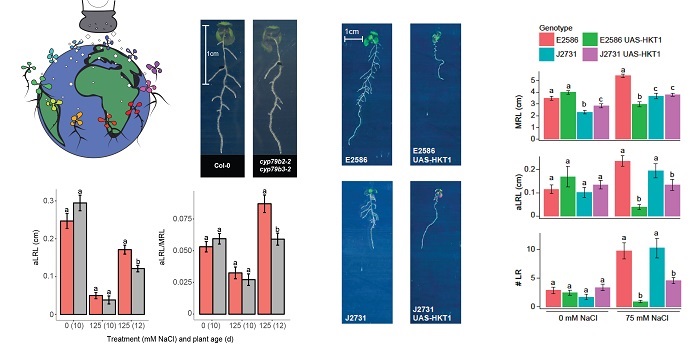
Genetic components of root architecture remodeling in response to salt stress
Blog, Plant Science Research Weekly, Research, Research Blog
While everyone knows that salt stress reduces root growth, Julkowska and colleagues examined salt-stress induced changes in Root System Architecture (RSA) by studying 347 Arabidopsis accessions. The authors collected 17 RSA traits and developed an app allowing interactive exploration of collected…

Update: Root plasticity and internal aeration
Blog, Plant Physiology: Updates, Research, Research BlogBy Takaki Yamauchi, Timothy D Colmer, Ole Pedersen, Mikio Nakazono
Introduction
Root acquisition of water and nutrients is essential for plant growth and crop productivity (Lynch, 2015). An improved understanding of root system development and functioning, to identify root traits contributing to…

Update: Signal dynamics and interactions during flooding stress
Blog, Plant Physiology, Plant Physiology: Updates, Research, Research BlogBy Rashmi Sasidharan, Sjon Hartman, Zeguang Liu, Shanice Martopawiro, Nikita Sajeev, Hans van Veen, Elaine Yeung, Laurentius A.C.J. Voesenek
Abstract
Flooding is detrimental for nearly all higher plants including crops. The compound stress elicited by slow gas exchange and low light levels under…
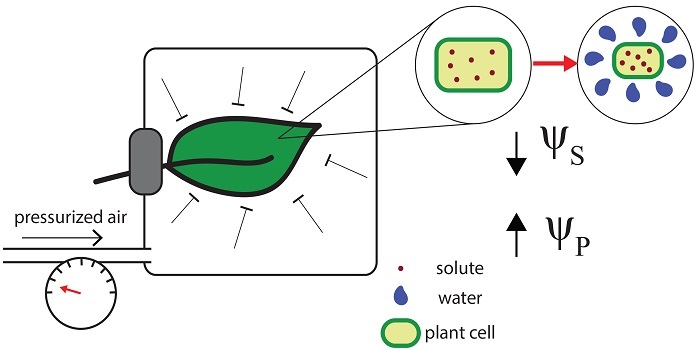
ABA accumulation in dehydrating leaves is associated with decline in cell volume not turgor pressure
Blog, Plant Science Research Weekly, Research, Research BlogDesiccating leaves show increased ABA levels triggered by low turgor – right? Apparently not! The pressure chamber experiments showing increased ABA levels in desiccating leaves are inconsistent when the entire leaves are enclosed in the chamber. Sack et al. proposes that the turgor pressure is increased…
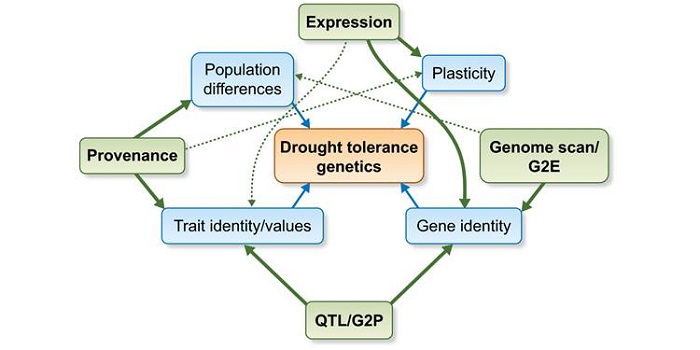
Review: The genetics of drought tolerance in conifers
Blog, Plant Science Research Weekly, Research, Research BlogChanging climates mean changing rainfall patterns, which can have serious consequences for long-lived plants such as conifers. Moran et al. provide a thoughtful and readable overview of the strategies that enable some conifer species to survive drought. They start by discussing the different definitions…
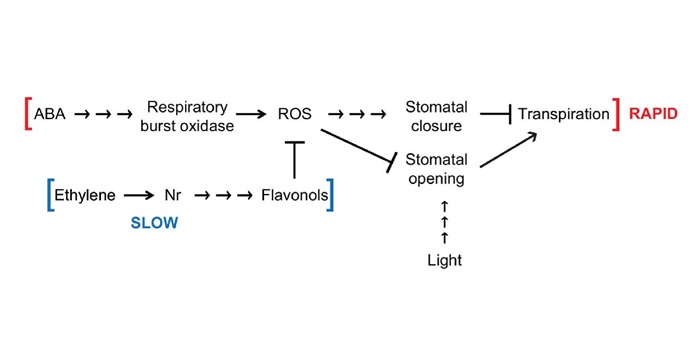
ABA-induced reactive oxygen species are modulated by flavonols to control stomata aperture
Blog, Plant Science Research Weekly, Research, Research BlogMuch of our knowledge concerning ABA-induced stomatal closure comes from genetic models such as Arabidopsis and Vicia faba. Watkins et al. explore the mechanism of ROS production in this abiotic stress pathway in an important agricultural crop: tomatoes (Solanum lycopersicum). Specifically, they are…
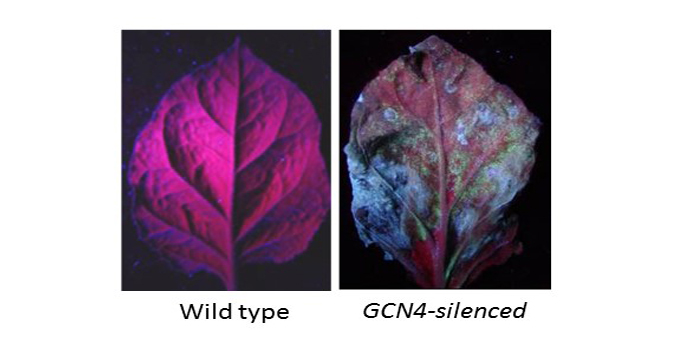
How Plants Keep Troublemakers Out and Water In
Research, The Plant Cell, The Plant Cell: In a NutshellKaundal et al. examine how a protein keeps plants safe from invading pathogens and dehydration http://www.plantcell.org/content/29/9/2233
By Amita Kaundal, Vemanna S. Ramu, Kirankumar S. Mysore
Background: To cause disease in plants, bacteria must enter plant tissue and multiply. Bacteria and…

